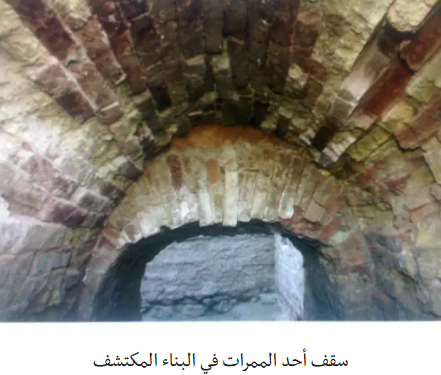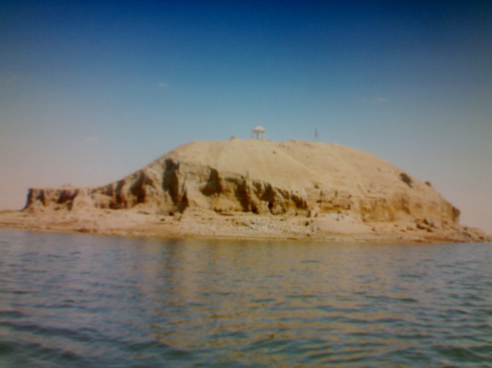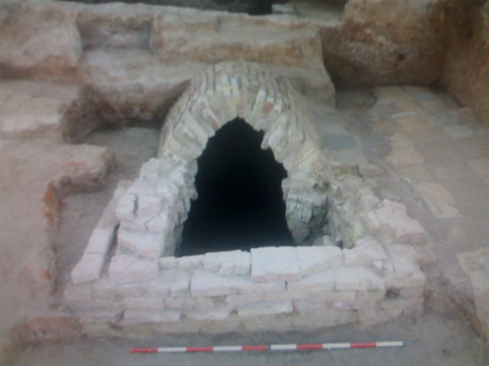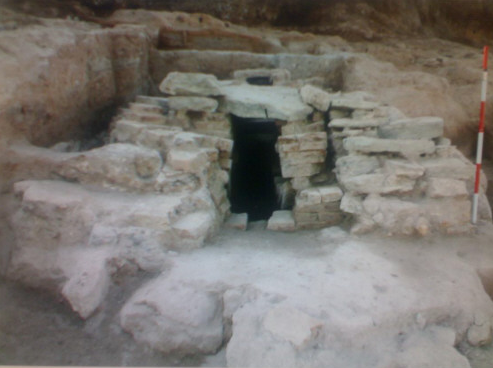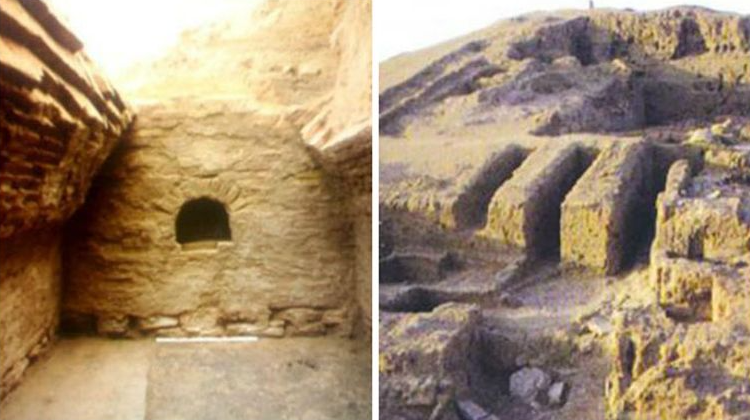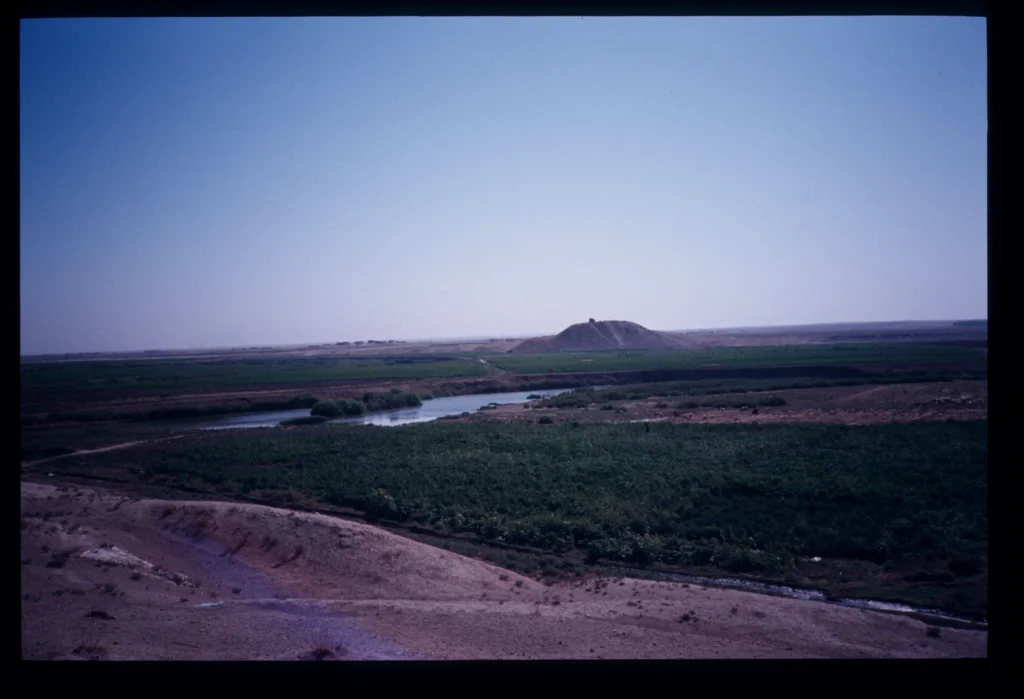tel Taban, historically known as Tabetu, is located in the southeastern part of al-Hasakah Governorate in northeastern Syria, within the basin of the Middle Khabur Dam. Its history stretches back to the second millennium BCE, with traces dating as far as the Neolithic period. The site was first mentioned in the 18th century BCE on tablets from the Kingdom of Mari. The city experienced periods of prosperity under Mari’s rule, followed by Babylonian dominance, before becoming a local kingdom affiliated with the Assyrians between the 14th and 12th centuries BCE. From 1994 to 2011, a Japanese archaeological mission from Kokushikan University conducted excavations at the site, uncovering cuneiform tablets that documented palace life and administrative affairs. In July 2016, Syria’s Directorate-General of Antiquities reported that the tel had been subjected to looting, including the excavation of three tunnels at its periphery, causing significant damage to the site
